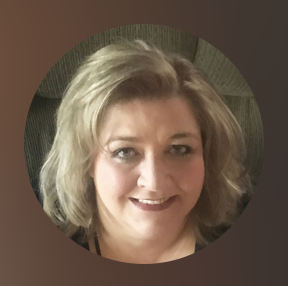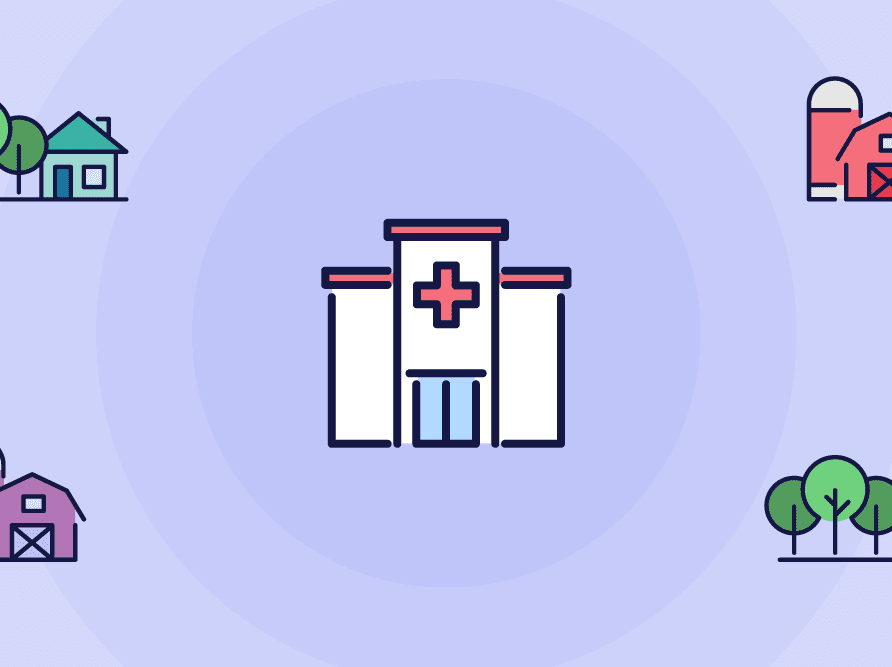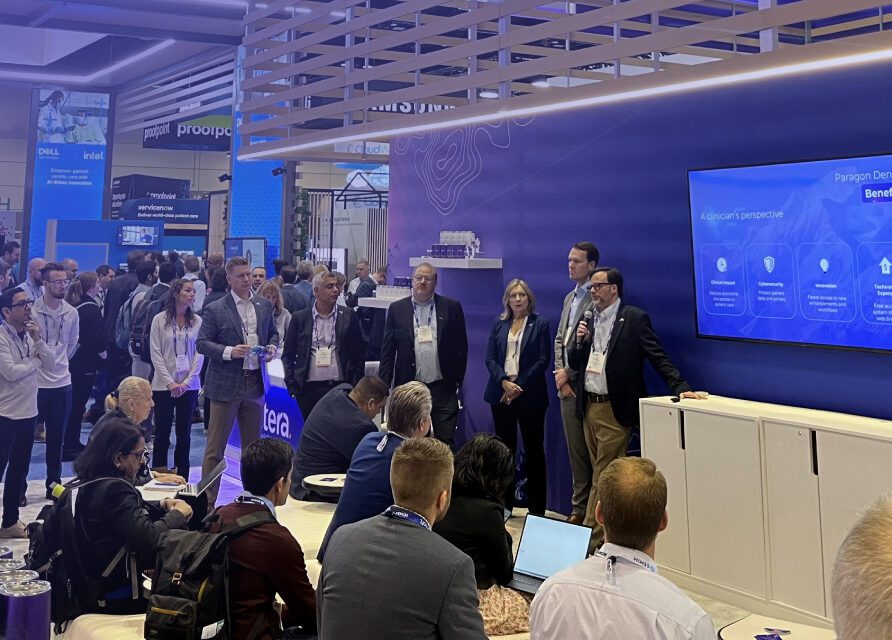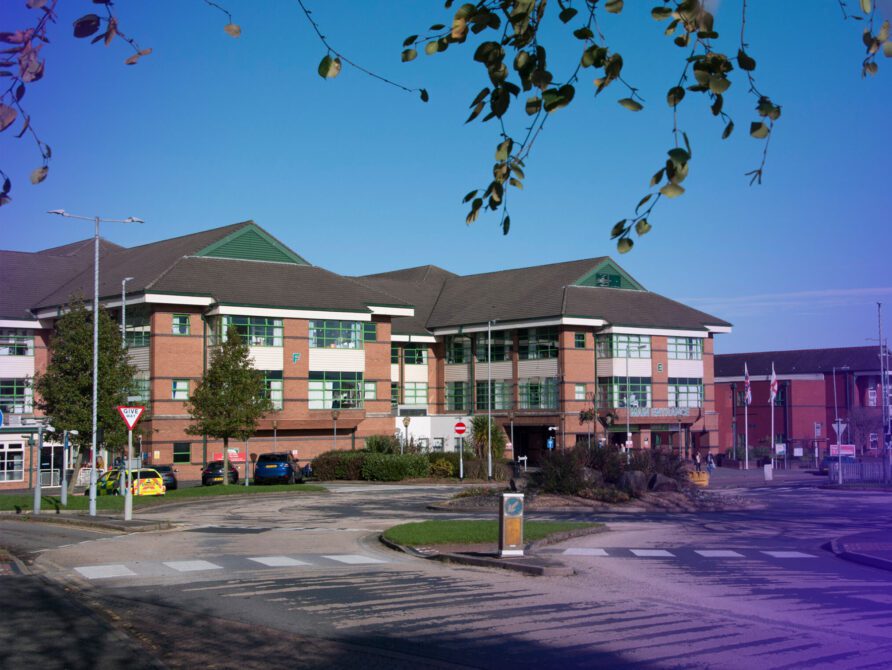Article
Designing the community hospital surgical solution, inside and out
* This content was originally published prior to N. Harris Computer Corporation’s 2022 acquisition of the Allscripts Hospital and Large Physician Practice business segment. Our business is now known as Altera Digital Health.
As with any other profession or practice, in healthcare, there’s a distinction between the ideal way things happen, and the way things actually happen.
Healthcare specifically is not just a science, but it is an art as well. We can design healthcare solutions based on what we as clinicians and UXperts think should happen in a given workflow and with a mind to the ideal situation. But we also must account for the human side: patients and clinical users alike. This is true in community hospitals, which cover most of the healthcare needs for large and diverse areas, and especially true with surgical procedures, which have needed to adapt rapidly in the wake of COVID-19. The fact remains: there will always be unexpected details and changes. What matters most is how we can manage this paradigm moving forward.
A surgical solution for all possibilities
When we’re designing a solution like Sunrise™ Community Care, which includes the Sunrise™ Surgical Suite, we try to get as close as we can to its ideal function. We then ask if there’s a way we can make it better.
In the case of Sunrise Community Care, we looked at surgery workflows, knowing there’s been a shift and most surgeries are now done as outpatient procedures. These surgeries are shorter than they used to be, and in community settings tend to be simple rather than complex. Ideal turnaround time is rapid, leaving minimal downtime for clinicians and patients, and it also saves on costly resources and overhead.
To accommodate this and streamline the outpatient post-op process, we created a new, single note for physicians. When they finish a surgery, they can open this one note, enter discharge criteria and any further information, then move on to the next case. The physician can later refer to these notes with one click.
Understanding the human factors and their impacts
Our approach to designing the solution comes from two key understandings of community hospitals, those of user needs in those settings and the higher-level impacts. Many of us come from clinical backgrounds and appreciate the special complexities community clinicians deal with. We recognize that community hospitals are responsible for the healthcare needs of large populations and that clinicians must constantly adapt their workflows to serve these needs. We also understand that resources are often limited in these settings, and maximizing them while saving costs is critical.
In the operating room especially, saving time is of the utmost of importance, as less time spent leads to more throughput and therefore less overhead. Again, we have focused on making small changes to optimize workflows so that not only can patients move through the system efficiently, but doctors can as well. This way, OR space is put to fuller use and less time is wasted, which studies show can save considerable costs per minute. Information in Sunrise™ Surgical Care is also available directly in the Sunrise Community Care EHR, meaning clinicians can find the correct data they need in one place.
We built this solution so that its workflows can more easily enable community hospitals to optimize resources, in the surgical setting as well as in other areas of the hospital. To learn more about the capabilities of Sunrise Community Care, visit here.













